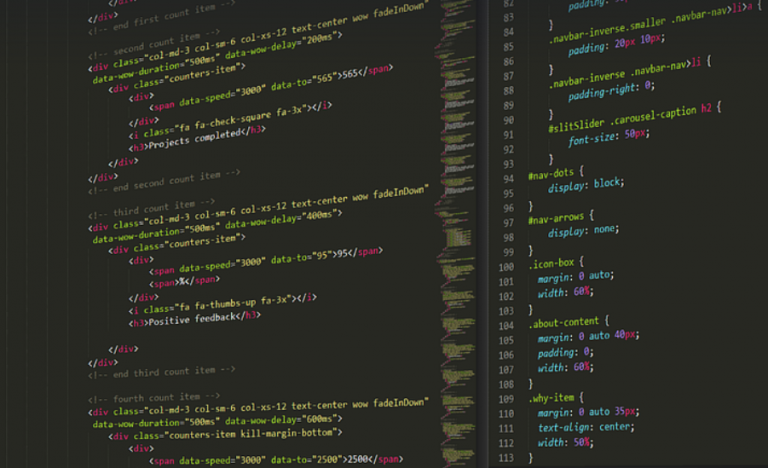What Exactly is a Customer Journey?
Imagine you’re selling cars, but instead of just focusing on showing potential customers around the showroom, you also want to understand their whole experience. They might browse online first, read reviews, ask for recommendations, maybe even test drive a few models before finally making a decision. Each step in this journey—from initial awareness to purchase and beyond—is crucial to building trust and fostering customer loyalty.
Now imagine doing that with businesses, particularly those using SaaS (Software as a Service) – the software-as-a-solution world. This is where customer journeys come into play. It’s about mapping out how customers interact with your business, from the moment they hear about your products to final satisfaction and beyond.
The B2B SaaS Customer Journey: A Closer Look
In B2B SaaS, customer journeys can be quite complex! It involves more than just traditional “sales funnel” thinking. These customers are often highly technical, have specific requirements, and often engage with your business in a very strategic way.
So, what does a typical B2B SaaS customer journey look like?
**Phase 1: Awareness & Discovery:**
This is where the “awareness” phase kicks in. Think about your potential customers’ first interactions with your brand. They might find you through online research, social media posts, industry events, or even trusted colleagues. They might be struggling with specific challenges their business faces and looking for solutions.
The key is to ensure your brand shows up when they need it! They’ll want to know what you offer, how you solve their problems, and what sets you apart from competitors. This phase requires a multi-faceted approach:
* **Content Marketing:** Blogs, white papers, ebooks, case studies – all designed around solving real pain points and showcasing your expertise.
* **Search Engine Optimization (SEO):** Your website needs to be top of Google results for relevant searches. Think keywords that potential clients actually use!
* **Lead Generation Initiatives:** Targeted campaigns, webinars, free trials – all designed to attract serious buyers who’ve identified a need.
**Phase 2: Consideration & Evaluation:**
The “consideration” phase involves potential customers getting deeper. They start exploring their options and comparing your SaaS solution with competitors. This may involve:
* **Demos and Trial Periods:** A hands-on experience is often the best way to show off your product’s capabilities.
* **Product Reviews and Testimonials:** Hearing from other businesses who have used your SaaS gives potential customers valuable insights.
* **Customer Success Stories:** Showcasing real-world examples of how your product has helped businesses achieve specific goals can be very persuasive.
**Phase 3: Decision & Implementation:**
It’s time the customer makes a decision and starts using your SaaS solution! This phase is all about implementation and onboarding. Think about this as getting them “up and running” with your platform.
* **Onboarding Programs:** A well-structured program ensures smooth integration and helps customers make the most of your product. * **Dedicated Customer Success Teams:** These teams can answer questions, troubleshoot issues, and ensure a positive experience from day one.
**Phase 4: Engagement & Retention:**
This is where it really begins to get interesting! The journey doesn’t end when the customer buys your SaaS solution. It’s about cultivating lasting relationships and making sure they keep coming back for more.
* **Personalized Support and Communication:** Staying in touch with your customers helps them feel valued and understood. * **Regular Check-Ins and Proactive Solutions:** Identify potential issues before they become major problems, and offer solutions or upgrades to enhance the customer’s experience.
**Phase 5: Expansion & Advocacy:**
The “expansion” phase is all about increasing loyalty and generating new opportunities.
* **Upselling and Cross-selling Opportunities:** Understanding how your customers use your product can help you suggest add-ons or upgrades. * **Building a Community of Loyal Clients:** Encourage user interactions, feedback, and support, so they know your brand is invested in their success.
**The Key to Success: Understanding Your Customers**
Every B2B SaaS customer journey is unique. What works for one business may not work for another. The key is to understand who you’re serving and how they interact with your software. By taking the time to map out their journeys, businesses can create a personalized experience that fosters loyalty and drives long-term success.
**Tools for Mapping Customer Journeys:**
You can use tools like:
* **Customer Journey Maps:** These visual representations help you map out customer interactions, identify pain points, and optimize the customer experience. * **CRM (Customer Relationship Management) Software:** This helps you track customer interactions, personalize communications, and manage their journeys effectively.














